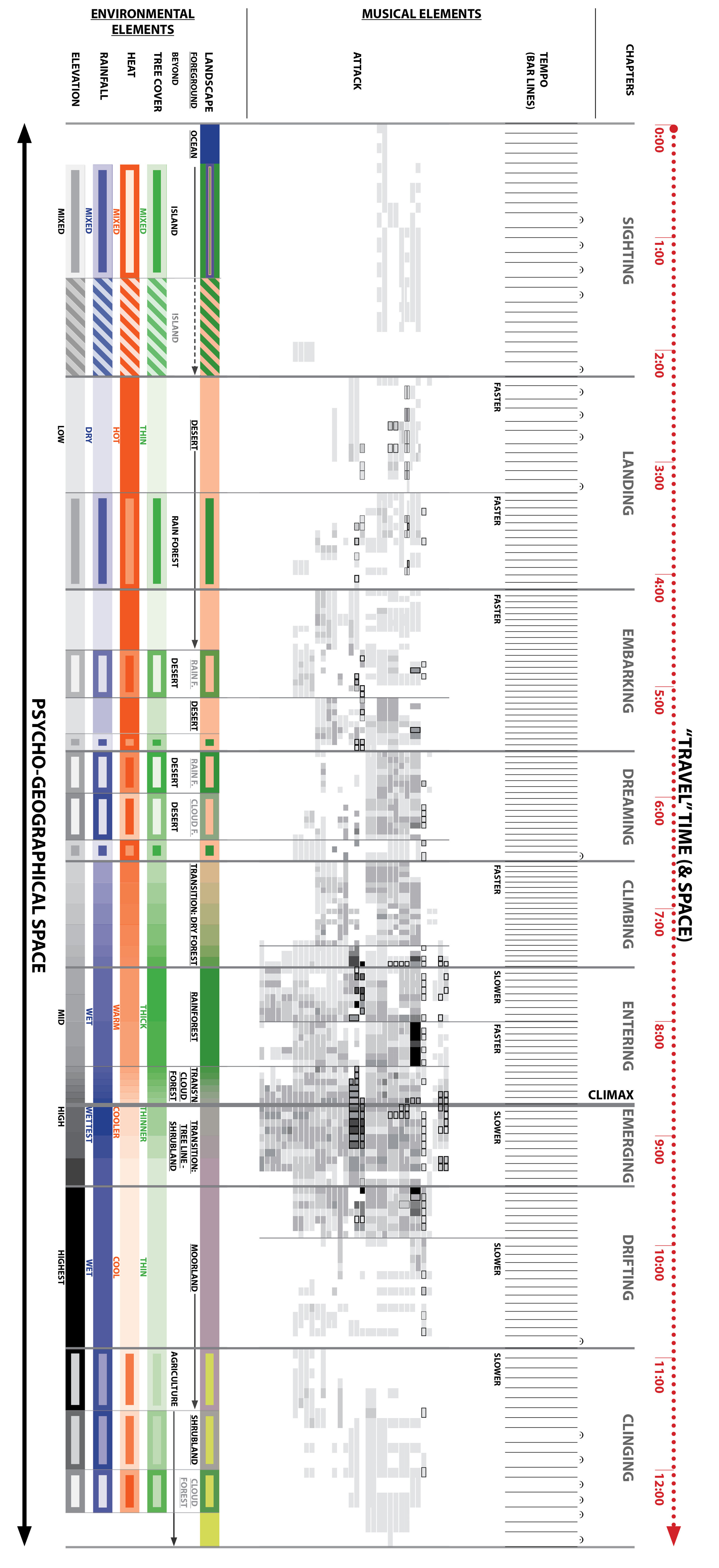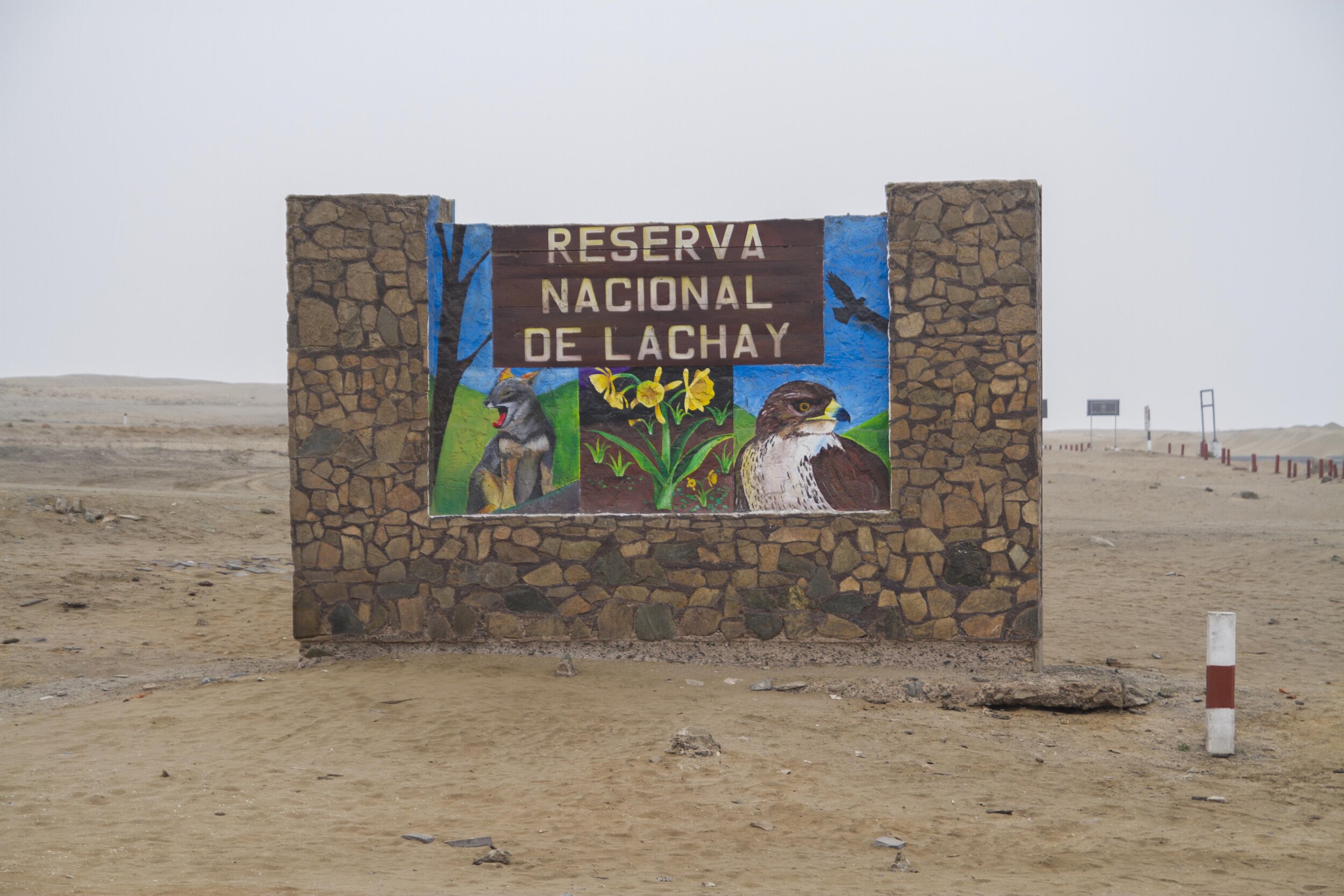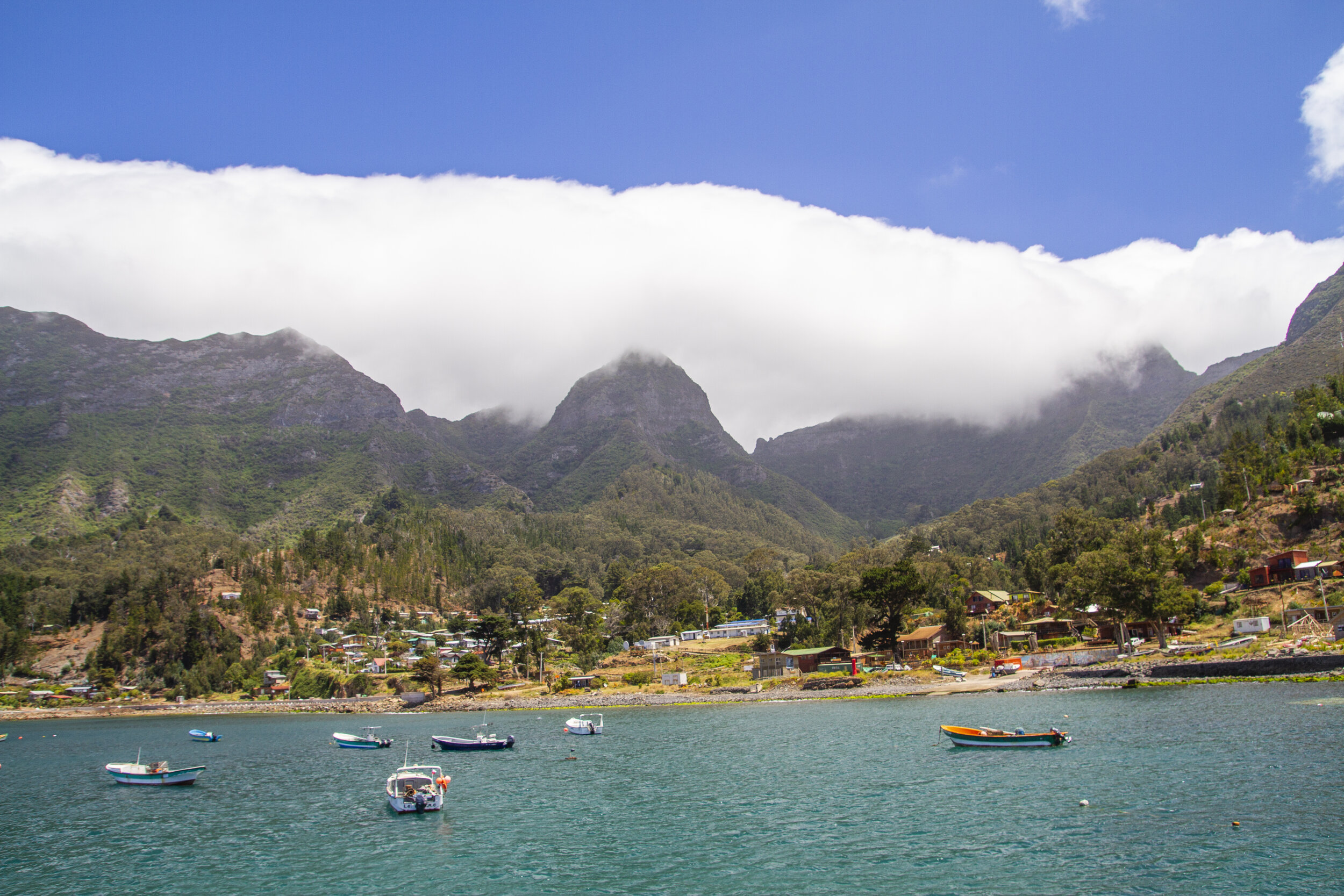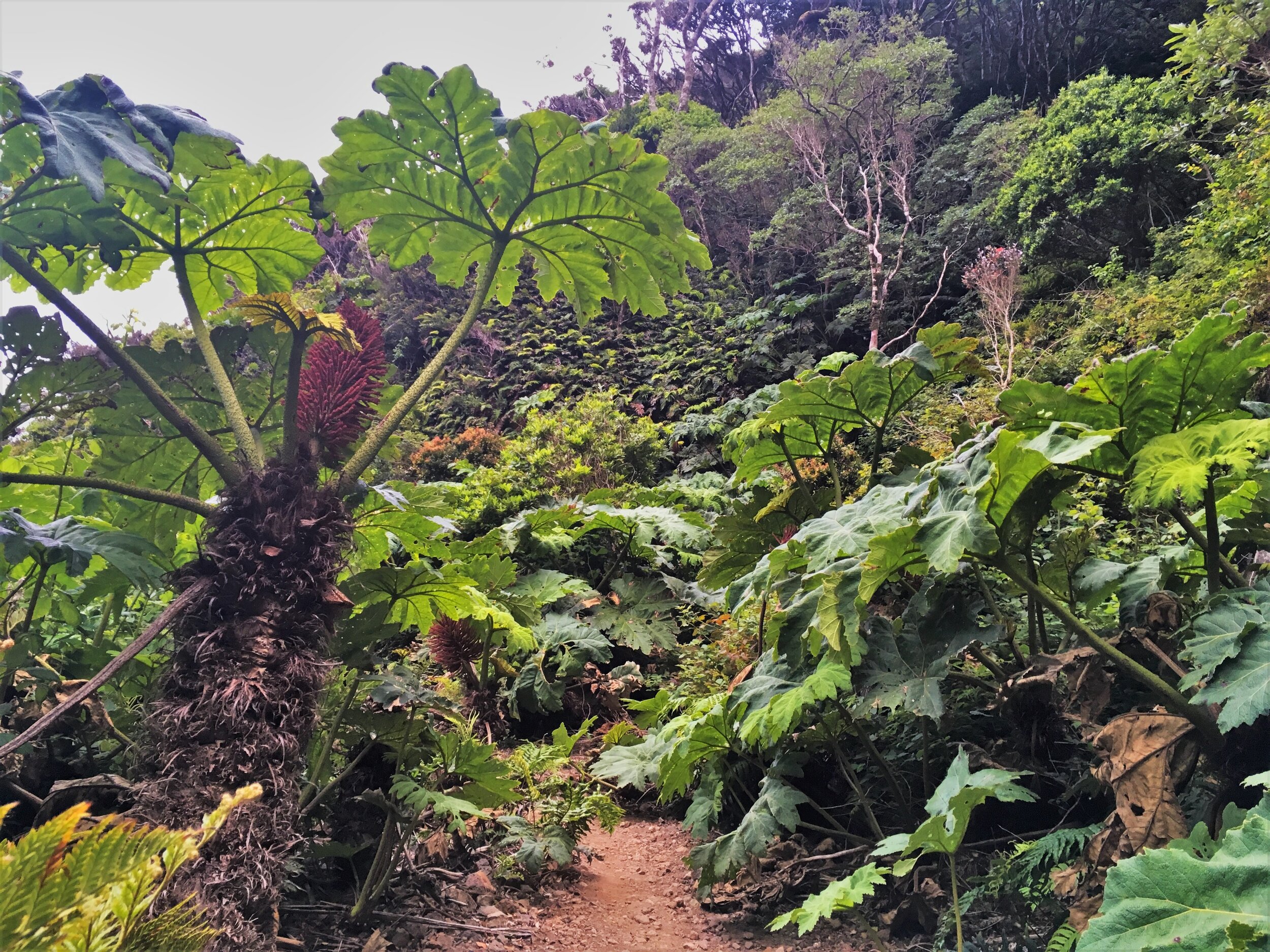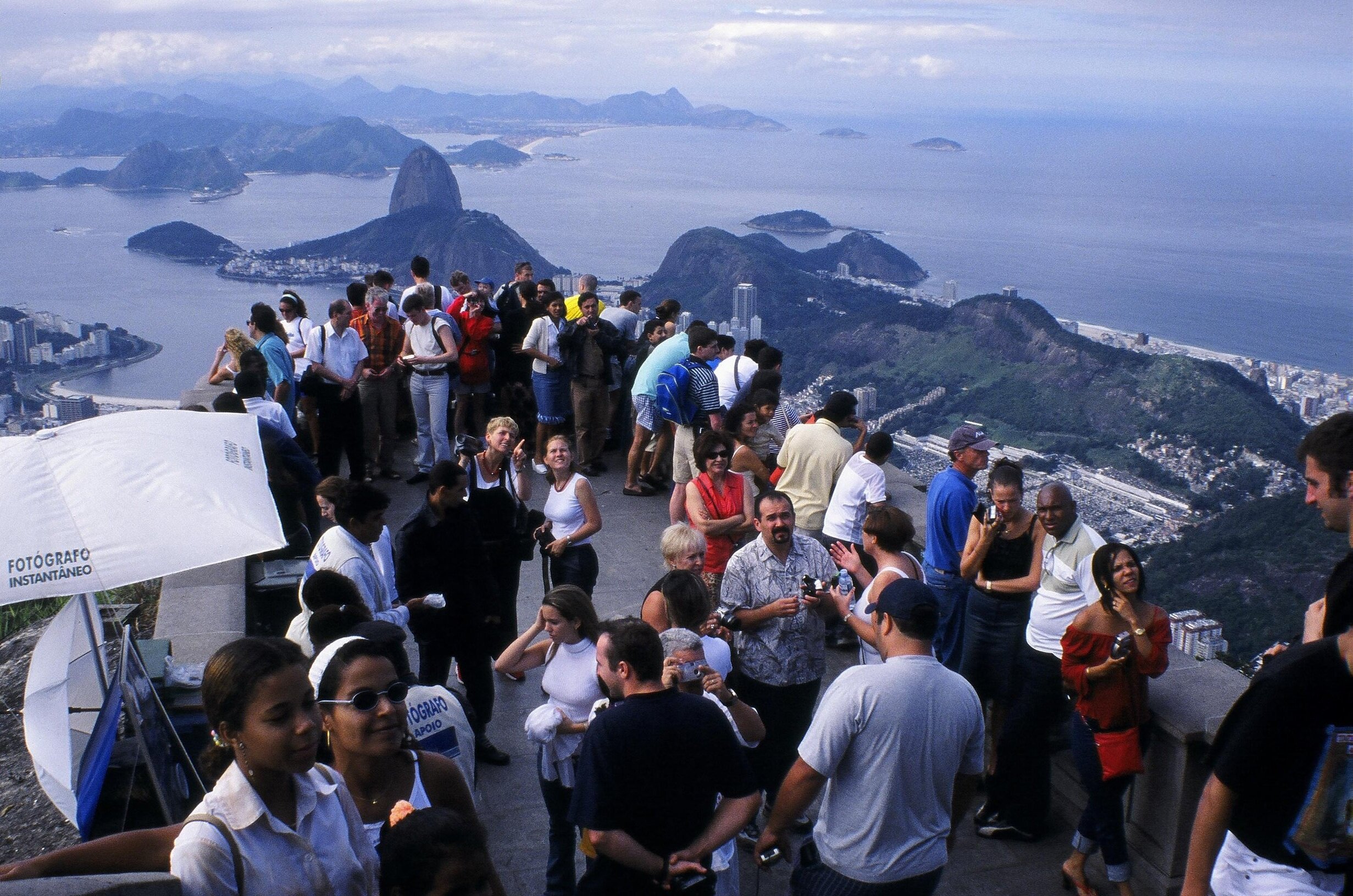With an end-of-September deadline to pre-record my “Musical Space, Geographical Time” talk for October’s NACIS meeting (they’re requiring pre-recording for anyone considering presenting remotely), my musical mapping experiments with The Last Island are winding down. So this should be either the last or second-to-last post dealing with the topic (maybe to your relief)—soon I’ll be back to focusing on geographical journeys in paint and real-life.
The three following musical elements—key brightness, relative key (i.e. key variability), and relative “height” (i.e. “height” variability)—all have to do with the concept of "key.” (Relative “height” incorporates other characteristics too, as I’ll say more about below, but key is an important component.) I’ve been going back-and-forth on whether these three aspects of key are actually distinct or “real,” not just for listeners in general vs. myself but even to my own ears. And I’m not sure that’s even resolvable. So the point of mapping and describing them separately is largely to raise that very question. As usual I’m always anxious to hear your thoughts!
I think of these three elements as related in that they, like “key” in general, are “holistic” or “emergent” characteristics of music. They tend to be properties of the entire score rather than individual voices, and tend to be established over extended lengths of time rather than a few beats or bars. There are exceptions to both of these tendencies: in theory a set of voices can play in one key while another set plays in another, following multiple “paths” (this is something I do play with in The Last Island, see below); and it’s possible for key or “height” to be defined over just a beat or two depending on context. But these elements generally aren’t systematically quantifiable voice-by-voice or bar-by-bar as other elements are.
Maps of key brightness, relative key, and relative “height,” aligned with the geographical elements they’re meant to evoke. (For complicated reasons I’m now calling them “geographical” instead of “environmental.”)
Key Brightness
Do certain keys sound “brighter” that others? Doing some research would probably clear the question up further, but based on personal experience and informal conversations it seems to be the case. It’s probably more perceptible to certain ears than others (my having near-perfect pitch—though somehow over the past few years consistently a half-step off—is a likely factor), and which keys sound brighter or darker to those ears probably doesn’t follow a consistent pattern. I think it’s fair to say that to pretty much everyone all the time, major keys sound brighter than minor keys. But that’s a function of intervals rather than some hard-to-define characteristic of absolute pitch. While I tend to hear keys with lots of sharps/flats as darker, that could be a subconscious association with black keys on the piano, and it doesn’t always hold true.
So my process of selecting bright vs. dark keys in writing The Last Island, or evaluating it later in places where there was less intent involved, was based mostly on gut impressions. Later I tried to fit them into a quasi-scientific system; looking back at my cryptic notes (below) I’m having trouble figuring out exactly how I went about it. But a system did come together, relating to number of accidentals as I mentioned above.
The takeaway from the key brightness map (the central black-and-white band on the sheet of parallel maps above), in terms of how it corresponds with the geographical elements it’s meant to evoke, isn’t as straightforward as with other musical elements that I’ve shared before (like attack and instrumentation). Those other elements show an overall intensification building up to and then down from the musical/geographical “climax” point. But I think what does come across in this one is darker keys corresponding to 1) darker forested landscapes in the middle third of the piece and 2) the ominous mood at the very end as deforested landscapes “appear,” in both the slides and the music, in the distance. (That location in the distance explains the hatched dark-and-light zones at the tail end. Certain voices play in a dark key depicting that distant but encroaching destruction, while the rest play in a brighter key to represent the for-now-preserved foreground.)
Relative Key
I’ve been thinking about key brightness as an “absolute” quality—you can sense how bright or dark a key is even if you hear it in isolation. But with relative key (above/to the right of brightness on the sheet), the relativity is the point—what matters is key changes, or key variability, not characteristics of the individual keys. (For the mathematically-minded among you, taking this a step further would mean drawing a map of the derivative of the key, rather than the keys themselves as I've done above.)
So in this case I’ve represented the different keys as colors along the rainbow spectrum rather than on a greyscale. Similar keys, like C major and G major or C major and A minor, are denoted by similar colors so that the more dramatic the key change, the sharper the color contrast. A greyscale would’ve shown those contrasts too, but each shade of grey by itself would’ve suggested an “absolute,” intrinsic level of something, whether that’s brightness or some other quality. Color indication, however, seems appropriately arbitrary (though, having synesthesia, now that I think about it these colors could in fact represent some absolute quality of each key—maybe a future map?). Plus, key changes are fundamentally changes in musical “color” that outweigh the probably less perceptible changes in brightness. Having said all this though, I’m not totally sure that what I’m perceiving as a “color” change isn’t actually a “brightness” change. Again, I’m not even sure that’s answerable, for my own ears let alone everyone else’s. Think of these as possible ways of experiencing key, whether or not they’re actually distinct.
I wrote key changes into The Last Island to evoke a combination of things: 1) shifts in scenery or atmosphere (overlaid with considerations of brightness as described above), 2) physical exertion/movement of the traveler/listener, and 3) the complexity or “energy” of a particular scene. The zone of rapid key changes around the climax point represents a mix of all three of these. Overall, more and sharper changes in key/color mean a heightening of sensation, which like in the earlier maps tends to correlate with a cumulative intensification of the physical environment. (I don’t claim any originality in using this technique—you’re probably familiar with what’s been disparagingly called the “truck driver’s gear-shift” in pop music, where half- or whole-step key changes are inserted to heighten emotion. I did try to be more subtle than that in most cases.)
Back to the question of representation—using the rainbow gradient, as opposed to another type of color gradient, has some issues. Not all segments of it (say, yellow vs. blue) are of equal “strength” to the eye, and so contrasts between those sections aren’t either. It follows that in the map, the apparent degree of contrast between different keys likely doesn’t quite correspond with reality (if there is a reality to all of this to begin with). So I’ve made a version using a smaller segment of the rainbow spectrum—red to yellow—which doesn’t eliminate the strength disparities but might at least limit the range of contrasts that could be misleading. The two versions are lined up below.
Relative key, full rainbow gradient. Sharper color contrasts represent sharper contrasts between keys.
Relative key, red-yellow gradient. Are the contrasts easier to compare even though their range is limited?
Relative “Height”
I mentioned that I used key changes to represent physical movement/exertion—that usually means climbing uphill (I’m thinking this imaginary island rises to at least 10,000 ft.). But the sensation of elevation change in the piece isn’t just a matter of key change; it’s combined with rising or falling melodic lines as well as harmonic changes that don’t necessarily represent key changes. (The combination of those elements also indicates “height” in a broader sense than geographical elevation, incorporating emotional as well as elevational “heightening.”) Because of that mix, composing and then mapping changes in “height” is largely intuitive and I’m not even positive that it’s a real thing at all (the reason I’ve put it in quotes). And again, there is a question of whether the” key” component can really be separated from the two other key-related elements. But for experimenting/mapping purposes I’m doing it for now.
The obvious way to map “height” is with a rising/falling line, and that’s what I did at first (turned into the “section-cut” drawing below). But that’s different from all the other maps, which use a color gradient or a greyscale to measure different intensities or levels, including even the geographical elevation map. Though geographical elevation change is a form of spatial variation, the whole concept of musical mapping deals with 2-D/horizontal space. The “vertical” dimension of music that I described with the 3D model in my first music-related post is a function of the stacking, layering, and simultaneity that music allows; it doesn’t represent vertical position in physical space. So except where I’ve wanted to break elements into the different musical voices or instruments (as in previous posts), these maps of musical elements are meant to represent views from “overhead” rather than “from the side.”
Relative “height,” represented in its most literal sense by a rising/falling line.
So on the sheet, I’ve instead represented relative “height” with a color gradient. Like relative key it’s meant to focus on height change rather than an absolute or intrinsic quality; in this way it’s different from the geographical elevation map, where I’ve used a greyscale.
But as I explained above with relative key, the rainbow gradient can be confusing since all zones of the gradient and the contrasts between them aren’t perceptually equivalent. Using a smaller zone of the gradient wasn’t really an option this time since there are many more “height” changes than key changes and I needed the full range to capture that subtlety; so I ended up just going with the grayscale. Here I’ve compared it with the original rainbow version:
Relative height, rainbow gradient.
Relative “height,” greyscale.
I think the rainbow version definitely emphasizes the changes (overall variability), especially the more subtle ones. In the greyscale version the “climb” right before the climax point, two thirds of the way through, overshadows everything else. The gradual darkening (“intensifying”) shifts the focus from variability to the absolute “height” of the different zones, which doesn’t have much meaning in the musical sense. If you took the lightest and darkest portions of the greyscale map and listened to those segments of the piece one after the other, you wouldn’t necessarily perceive a “height” difference: it’s mostly the musical transitions that evoke those differences, and of course there would be no transition in that case. But maybe the color version just isn’t intuitive enough as a representation of “height,” lacking any indication of absolute “highness” and “lowness,” even if it’s meant to representing something less concrete.
Ok, there’ll be maybe one more of these music-related posts to come, but soon I’ll be taking you to Australia for a while….
Darren


































